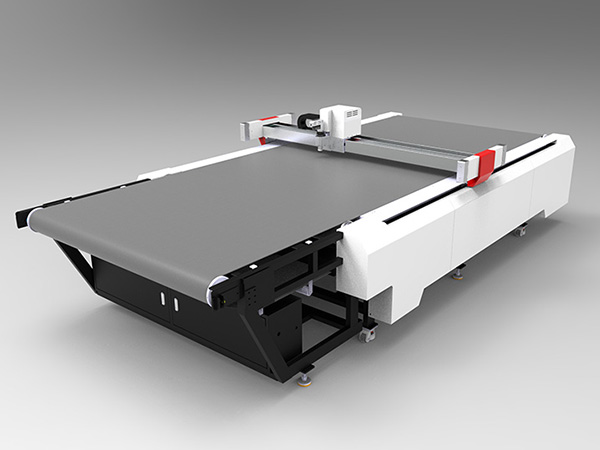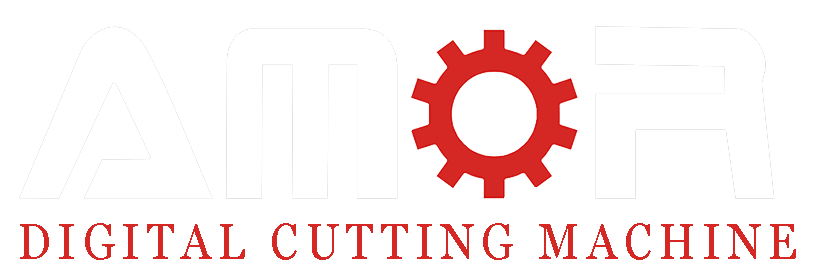Increased Precision and Accuracy
A CNC (Computer Numerical Control) fabric cutting machine utilizes computer-controlled systems to cut fabric with exceptional precision. Traditional manual cutting methods are prone to human error, leading to inconsistencies and material waste. CNC machines, however, follow exact specifications down to the millimeter, ensuring each piece of fabric is cut accurately. This level of precision is crucial for upholstered furniture, where even slight deviations can affect the fit and appearance of the final product.
Improved Efficiency and Productivity
Time is a valuable resource in manufacturing. CNC fabric cutting machines significantly reduce the time required to cut fabric pieces compared to manual methods. With the ability to operate continuously and at high speeds, these machines increase production rates. This efficiency allows manufacturers to meet tight deadlines and handle larger orders without compromising on quality.

Waste Reduction and Cost Savings
Material waste is a common challenge in fabric cutting. CNC fabric cutting machines optimize the placement of patterns on the fabric, maximizing the use of material. This optimization reduces scrap and lowers material costs. Over time, the savings on fabric can be substantial, directly impacting the manufacturer’s bottom line.

Consistency in Production
Uniformity is essential in upholstered furniture manufacturing. Customers expect each piece of furniture to match the showroom model or catalog image. CNC fabric cutting machines deliver consistent results with every cut, ensuring that all fabric pieces are identical. This consistency enhances the quality of the final product and strengthens brand reputation.

Flexibility and Versatility
Modern furniture designs often feature complex patterns and unique shapes. CNC fabric cutting machines can easily handle intricate designs that would be challenging to cut manually. Manufacturers can quickly adjust designs and specifications within the software, allowing for greater flexibility in production. This versatility enables companies to respond swiftly to market trends and customer preferences.

Enhanced Safety
Manual fabric cutting involves risks such as repetitive strain injuries and accidents with cutting tools. CNC fabric cutting machines improve workplace safety by minimizing the need for manual handling of cutting equipment. Operators interact with the machine through a computer interface, reducing the risk of injury.

Integration with CAD/CAM Systems
CNC fabric cutting machines seamlessly integrate with Computer-Aided Design (CAD) and Computer-Aided Manufacturing (CAM) systems. This integration streamlines the workflow from design to production. Designers can create patterns digitally and send them directly to the cutting machine, eliminating errors associated with manual data entry and accelerating the production process.
Competitive Advantage
Adopting CNC fabric cutting machines gives manufacturers a competitive edge. The ability to produce high-quality products efficiently allows companies to offer better pricing, meet delivery deadlines, and maintain consistent product quality. This advantage can be pivotal in securing contracts and building long-term customer relationships.

Conclusion
Incorporating CNC fabric cutting machines in upholstered furniture manufacturing offers significant benefits, including increased precision, efficiency, and cost savings. By embracing this technology, manufacturers can enhance product quality, improve safety, and gain a competitive advantage in the market. As the industry continues to evolve, investing in advanced machinery like CNC fabric cutting machines is not just beneficial—it’s essential for future growth and success.



